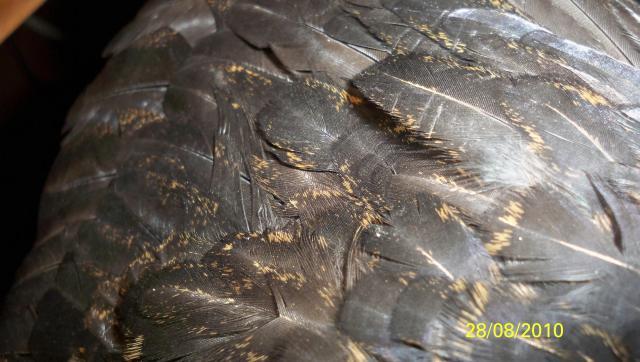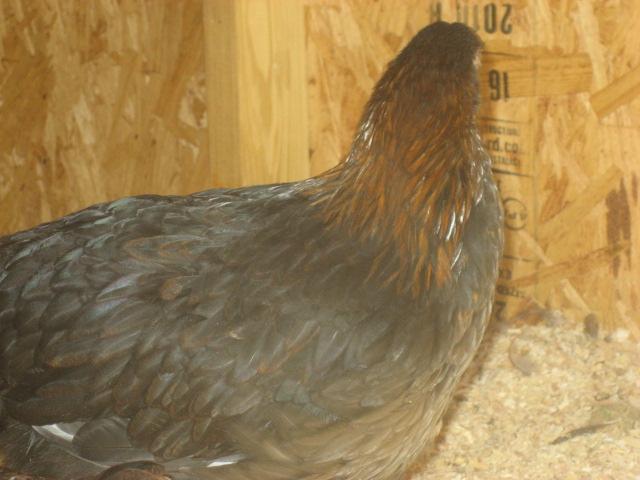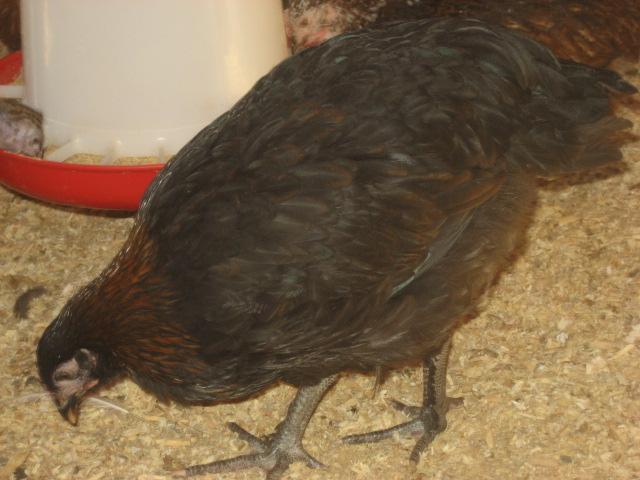haThor,
The mossy hen you have pictured - - - - do you know what line she is from ? ? ?
The mossy hen you have pictured - - - - do you know what line she is from ? ? ?
Follow along with the video below to see how to install our site as a web app on your home screen.
Note: This feature may not be available in some browsers.









